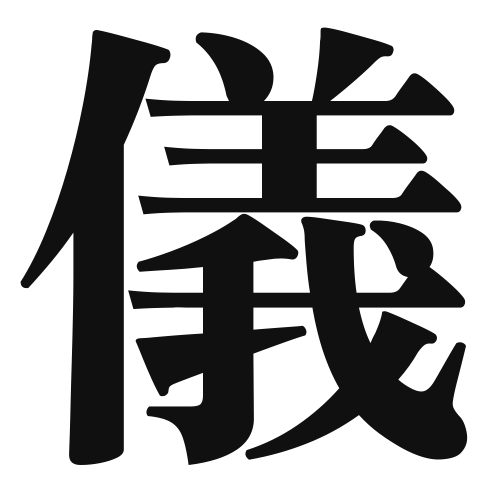1. Overview of Meaning
The kanji “儀” (gi) generally means “ceremony,” “ritual,” or “formalities.” It represents the concept of proper conduct and the observance of traditional practices in various contexts.
2. Formation and Radical
Formation of the Kanji: The kanji “儀” is a compound character (会意文字) that combines elements to convey its meaning. It consists of the radical “亻” (person) and “ギ” (gi), which relates to the idea of a person performing a formal act or ceremony.
Radical: The radical of “儀” is “亻,” which indicates that the character is related to human actions or behaviors.
3. Examples of Usage
Common Words and Phrases: Some frequently used words that include “儀” are “儀式” (gishiki – ceremony) and “儀礼” (girei – etiquette).
Example Sentences in Daily Conversation:
- 結婚式は伝統的な儀式です。 (The wedding ceremony is a traditional ritual.)
- 彼は儀礼を守ることが大切だと言っています。 (He says that it is important to observe etiquette.)
4. Synonyms and Antonyms
Similar Kanji: A similar kanji is “礼” (rei), which means “gratitude” or “thanks.” While both “儀” and “礼” relate to formalities, “儀” emphasizes the ceremonial aspect, whereas “礼” focuses on the expression of respect or appreciation.
Opposite Kanji: An antonym could be “無礼” (burei), which means “rudeness” or “impoliteness,” highlighting a lack of proper conduct or etiquette.
5. Cultural and Historical Background
Relation to Japanese Culture: The concept of “儀” is deeply rooted in Japanese culture, where rituals and ceremonies play a significant role in various aspects of life, from Shinto practices to formal events.
Proverbs and Idioms: One common saying is “儀式を重んじる” (to value ceremonies), which reflects the importance of maintaining traditions and formalities in society.
